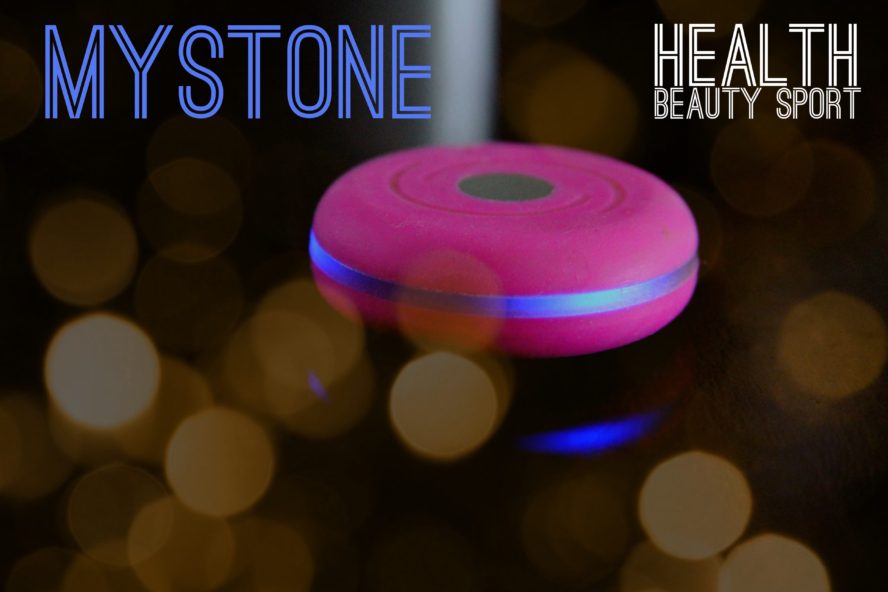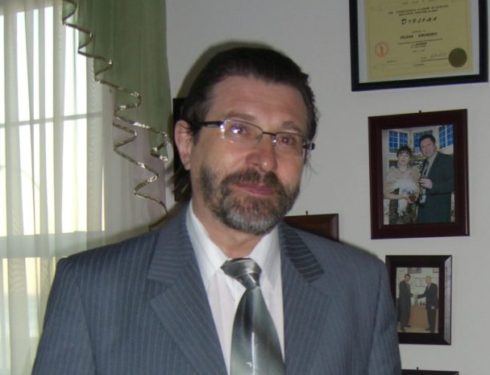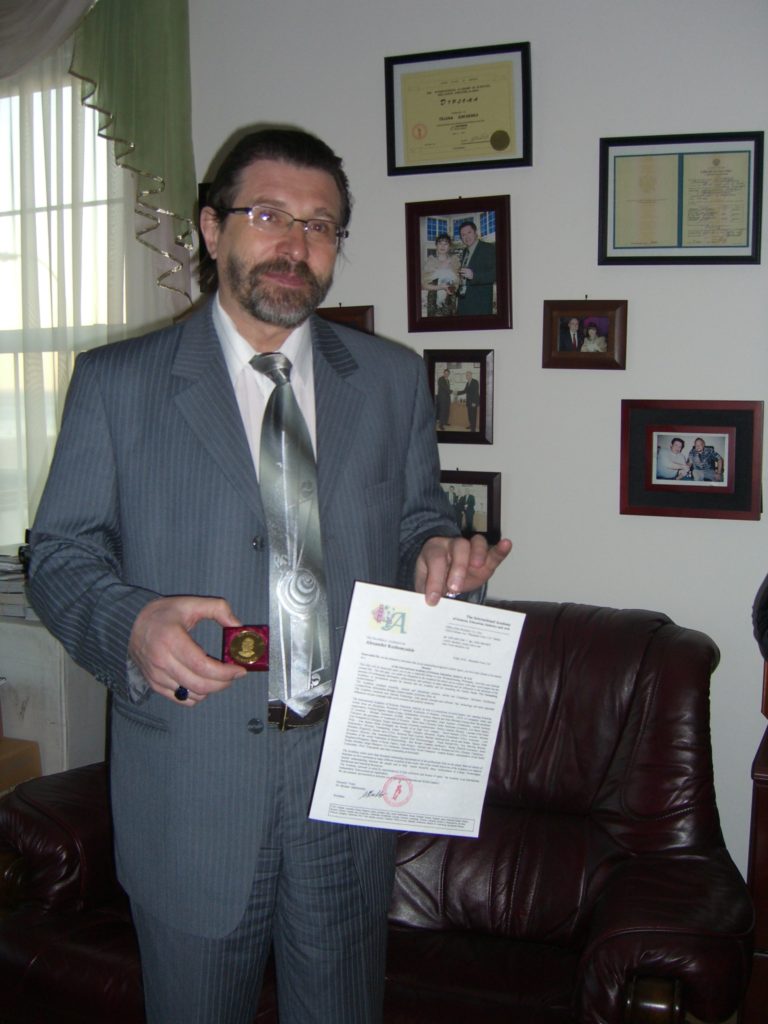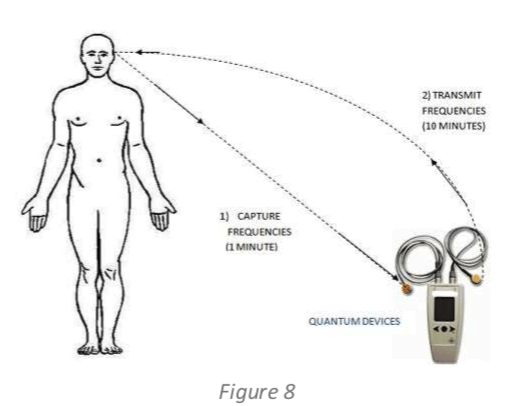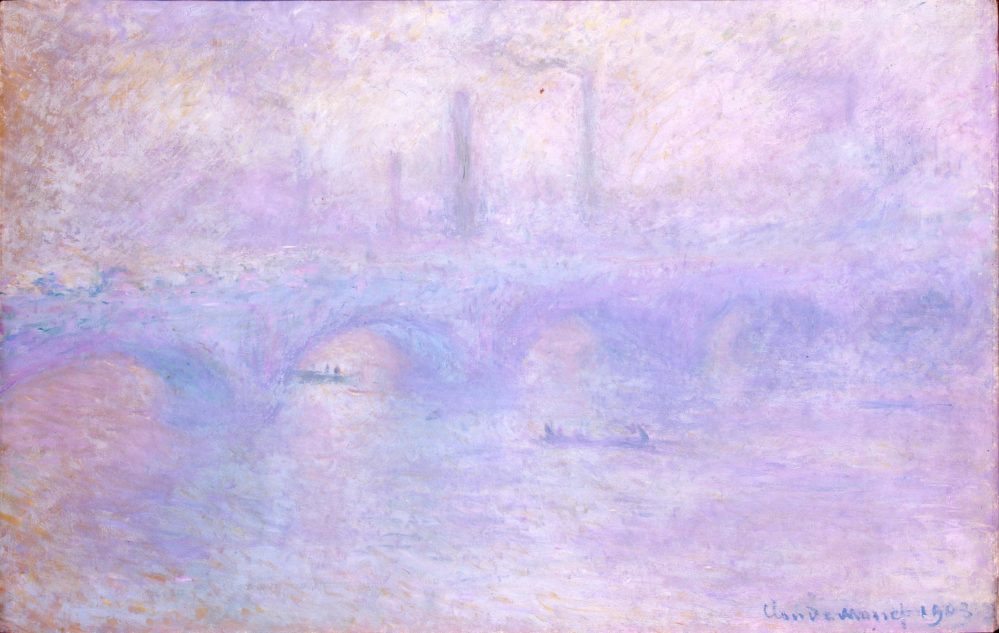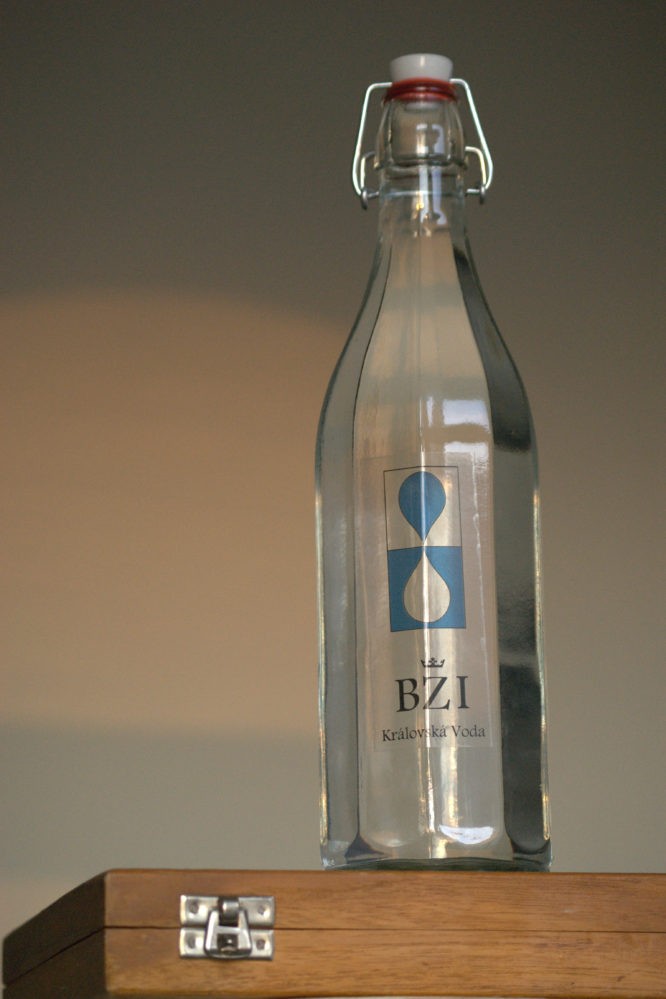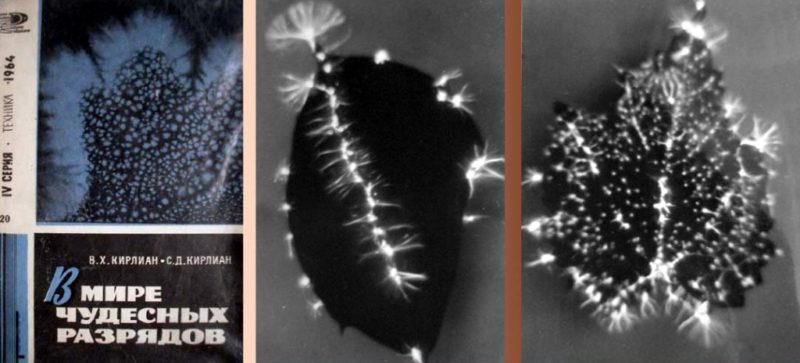About MyStone device by Dr. Kozhemyakin
The MYSTONE® is a small millimeter wave (Low and Superlow technologies by Dr. Kozhemyakin) device that combines state-of-the-art research and technologies and traditional Eastern knowledge of body self-healing and the life balance. MyStone – MyStone device, Anti Aging Serum Gel and MyStone App.
MyStone device – Low and Superlow Technologies by Dr. Kozhemyakin
MyStone® device for beauty, sport and health treatment (non medical now)
MyStone – stone on the Beauty Biointernet Network
MyStone Beauty – made in Germany
Sport, Health and Beauty Equipment
in one device
MyStone by Dr. Kozhemyakin
Energetic and informational interaction
The development of MYSTONE® is based on the results of research into the energetic and informational interactions between humans and their environment.
This work was carried out mainly by Russian scientists many years ago. The following explanations serve as an introduction to the topic. About Dr. Alexander Kozhemyakin here.
Physical backgrounds
Every electromagnetic radiation, including the light of the sun, always carries information (frequency, polarization, modulations, continuous or pulsed radiation, energy of light quanta) which are important for the possible effects on the human body.
In the MYSTONE® is a special crystal (Low and Superlow Technologies by Dr. Kozhemyakin) that is electrically excited to vibrate. The road generated by the MYSTONE®
The radiation generated by MYSTONE® has a very low radiation energy. This is in the order of 10-10 W / cm2, that is clearly (by a few orders of magnitude) smaller than the radiation energy of a mobile phone. The penetration depth into the skin is therefore a maximum of 1 mm.
From space only certain parts of the radiation spectrum reach the biosphere (earth surface) through so-called transparency windows. This includes, in particular, the visible light.
The range of electromagnetic EHF radiation used by the MYSTONE® of 30-80 GHz (EHF = extremely high frequency) is largely shielded by the atmosphere. In the course of evolution, resonance and communication structures in the human body could develop using this frequency range.
For the consideration of the effect of the MYSTONE® the term of the resonance is of central importance. Every oscillatory system (including the human body) has a natural frequency with which it vibrates freely. If energy is supplied externally to the system with just this frequency, the amplitude of the oscillation continues to increase (like a swing that is pushed).
The oscillation amplitude and thus the energy of the oscillating resonance system can be greater by a multiple than the amplitude of the externally applied excitation oscillation. These resonance effects result in greater effects in the organism due to the very low radiation energy of the MYSTONE®.
Since the discovery of the electromagnetic fields and the description of the electro-magnetic radiation or the photons, there have always been studies on the medical-biological use of this radiation.
This research was inspired by the ideas of Nobel laureate Ilja Prigogine for irreversible non-equilibrium thermodynamics. These describe how coherent states can be created far from the thermodynamic equilibrium by chaotic interactions of incoherent structures.
N. D. Devjatkov and his colleagues recognized that the interactions between the biological objects and the radiation in the EHF region are resonance processes. It has been shown that the interaction of the radiation has “information character” and is suitable to influence or control processes at the cellular level. This is the basis of EHF therapy in physiotherapy and, ultimately, the use of MYSTONE®.
More About MyStone device by Dr. Kozhemyakin
